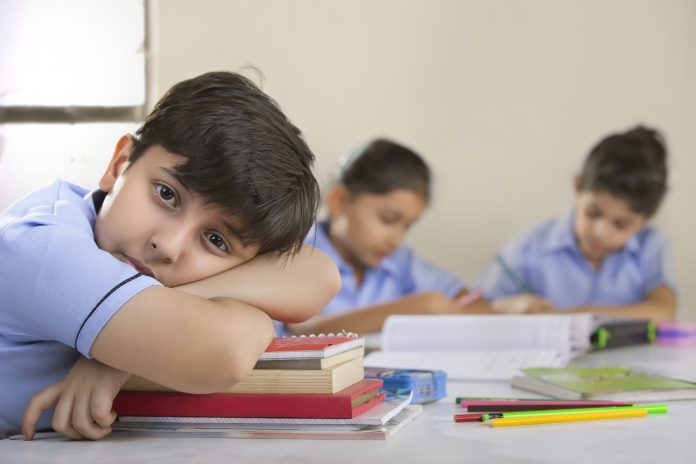A personal account of how an educator set up an inclusive classroom
Kathija Yasmin S.
An inclusive classroom is where students with and without learning disabilities meet, learn and grow together in the same diversified environment to achieve the same learning goals. In my tenure as an early childhood leader from 2010-2015, we worked on adopting a creative teaching pedagogy to set up an inclusive classroom. We joined hands with a special educator who trained us.
The challenges: During the month before the academic year started, I met my team of teachers to devise a plan for the three students with disabilities who were about to enter our class the upcoming year. There was Sarathy with an autism spectrum disorder, Roshan with a speech disorder and Vishwa with attention deficit hyperactivity disorder (ADHD). (All names changed) Through regular meetings with parents and teachers, we made them understand the importance of inclusion. We designed a variety of learning materials.
Co-teaching model: There were two teachers for each classroom, a certified early childhood educator and a special educator, so we were able to focus on assisting every child. For example, while one taught a lesson, the other moved around the class and helped individual students. We ensured that every student had access to resources in line with their learning needs. For example, a few children with impulsive behaviour were allowed to scribble on the scribbler board in tune with music. We achieved a productive inclusive environment by reassuring every student that it is fine to struggle.
Resources: Technology aids such as tablets, text-to-speech software, childfriendly keyboards and a variety of strategies can help teachers facilitate
inclusion in the classroom. We used verbal cue cards, visual aids, images, music and dance. We used a voice-o-meter to make children understand the level of noise that is acceptable in the classroom. These strategies were applied to assessments too.
For example, we let Vishwa demonstrate a concept by singing it as a rhyme with his signature dance because he lacked writing skills. Roshan, who had speech difficulties, often chose visual learning so he was allowed to make a piece of art for his assessment.
Rewards and reinforces like calming jars, a calming corner, or picking a game for being kind will promote positive behaviour in children. Attention-grabbing phrases such as
‘Hands on top, everybody stop!’ ‘Eyes on me, google eyes on you!’ would be of help too.
Transformation: Roshan, a child who had a stuttering habit from birth, was able to overcome his speech disorder. Sarathy, on the autism spectrum, was a singing prodigy. I still remember the times when he used to hum Rahman’s Airtel theme music. I am happy that Sarathy, Vishwa, Roshan, Farhan, Ashwitha and many of our children are enjoying their schooling in inclusive schools now.
Inclusion not only changed their classmates who accepted them with love but they also changed my perspective on the real purpose of education.
Successful inclusive classrooms are possible only if teachers are trained in inclusive practices.
Kathija Yasmin is a teacher trainer, and founder of Skill Theatre, a centre that offers skill training workshops to students and teachers through theatrical activities, based in Madurai, Tamil Nadu- India.







